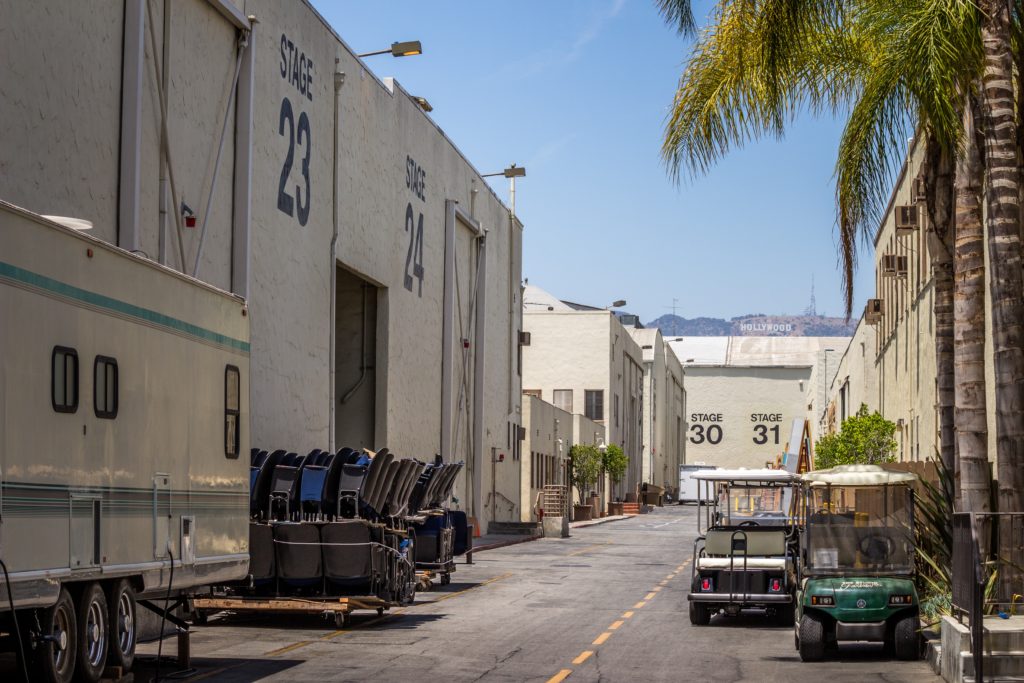Why a script is sent out for coverage
This is a term you will come across when you submit your screenplay (for feature and television) to agents, producers, acquisitions teams, sales agents, distributors etc. Why a script is sent out for coverage:
- The people to whom you submit your project are incredibly busy and have lots of scripts submitted to them each week.
- They don’t have time to review all of this material and will send a script out for coverage to get a summary i.e. whether or not they should pay attention to the script.
There are professional readers who will provide coverage
This coverage is relied upon by the industry to discover the unknown gem sitting in the script read pile!
Production companies, studios, filmmakers, actors, agents etc. don’t have enough time to sift through and discover the next big thing.
A script sent out for coverage essentially gets its first audience with a reader – whose job is to summarise the story and cover creative and commercial aspects of the material.
- The reader reviews originality of the premise; structure; dialogue; characters (& secondary characters); pacing; commercial appeal.
- The two hours it takes to read the script are broken down into around three pages by the reader.
- Page 1 will give detail – writer, pages, period, genre, budget, logline.
- There is also a chart – EXCELLENT / GOOD / REGULAR / POOR – for the reader to mark the screenplay.
- A section with PASS / LOW CONSIDER / CONSIDER / RECOMMEND.
- Pages 2 and 3 are summary and comments.
- This document takes the production company / agent etc. 5 minutes to read – and decide whether or not to review the screenplay.
The reader reviews the material based on the quality of the writing & potential in the marketplace.
Coverage is about a reader being objective about the script and its potential to find an audience.

- A script sent out for coverage gets its first response – just like an audience seeing a movie for the first time.
- Film Festivals use readers too if they are holding script writing competitions – it’s a way to quickly filter the content and get to the projects which require attention.
It’s rare that a script sent out for coverage will be shared with the writer. The reader is providing specific feedback (versus creative development notes).
As a writer, you could get your own coverage done too – it’s useful to get a ‘first’ read from a third party, with a commercial perspective, who has no knowledge of your project (& comes at it with a fresh pair of eyes).


Leave a Reply